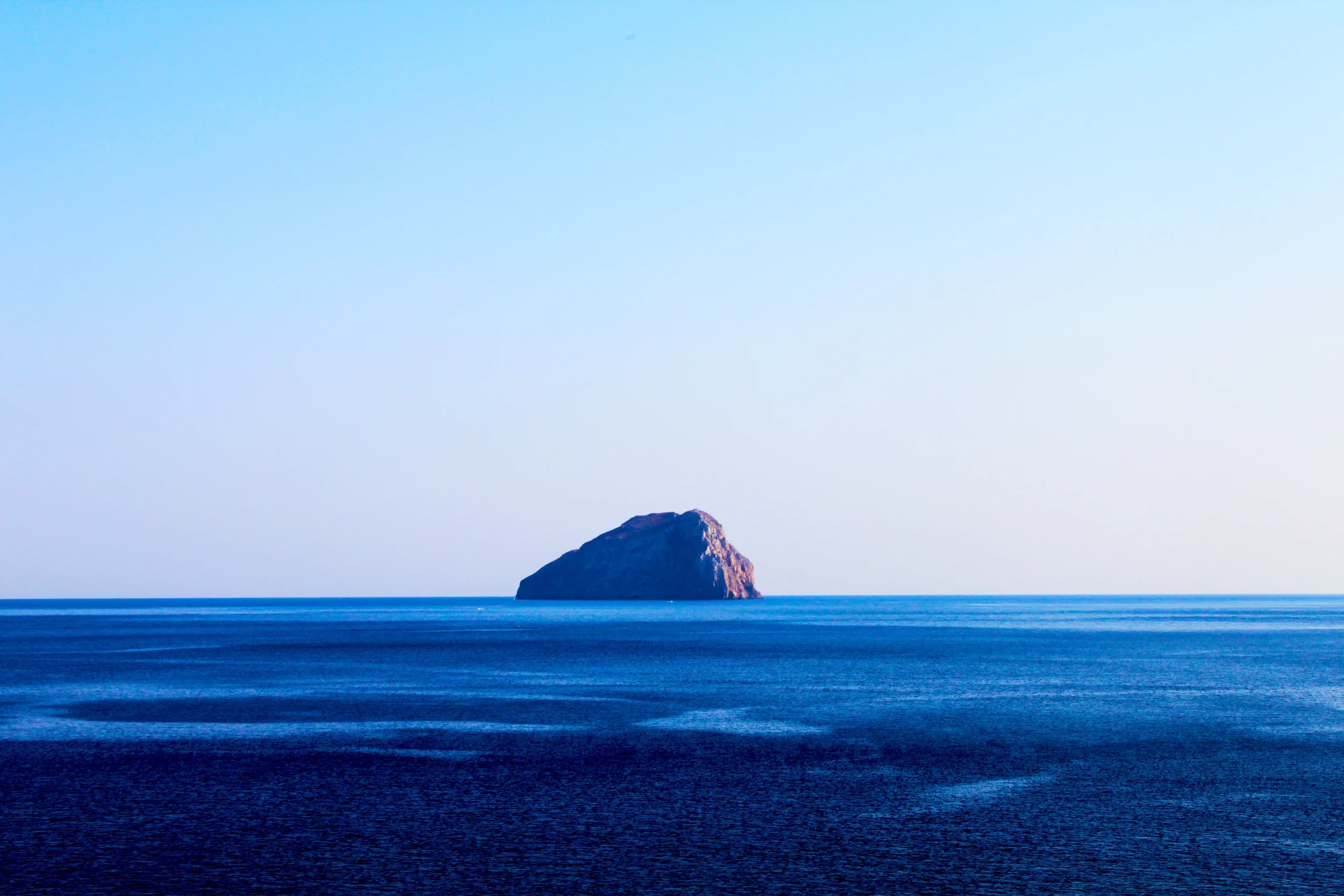After keeping mum for ages, I finally have to declare my peculiar yet persistent love for the Sleep With Me podcast. Does anyone else listen to this show? Despite being a listener for months, to this day I have no idea what it's about.
Seriously, it is such an effective sleep aid that I cannot vouch for the actual content.
I'm inclined to say that Sleep With Me is actually a fine specimen of performance art. Again, I have no idea what the stories are really about, but damn, I feel like it's brilliant all the same. The podcast, written (by Drew Ackerman) and performed (by Dearest Scooter), features a narrator who tells stories in a dreamlike, semi-conscious state -- he'll start one topic, trail off, slur his speech, takes random turns into streams of consciousness, morph into other topics, change his addressee, break out into an imaginary conversation, and does it all in an even-paced monotone that sounds like someone on the verge of, well, sleep. It's like an audio representation of how my own brain wanders and loses focus when my consciousness is slipping. Just...go check it out for yourself.
This podcast has caused me to really think: What makes people relax or fall asleep in the first place? It seems that sleep invades us when we least welcome it (in class, during meetings, while driving, while trying to focus on a book or meditation) but eludes us when we really desire it. What does it mean that this podcast is not only entertaining (supposedly) but also functional? Is it art or a tonic? Both? Can art be functional, or created with the primary purpose of functionality?
As someone who frequently writes lullabies (and considers them primarily a form of entertainment and enjoyment), I think of these questions often. I used to be slightly offended when people told me they used my music to help them fall asleep, because I assumed that meant my music was boring. However, I have since embraced that feedback as a new kind of gift. Doing something that helps people fall asleep is by no means a bad thing, and I love to imagine that things like music and stories can be enjoyed at specific times to help transport a listener into another magical realm.
I've digressed, but I'm sure I'll be sharing more thoughts on sleep in future posts.
What do you think of this podcast? Have you listened to it before? Curious to try? What else helps you fall asleep? Seriously, let me know.
PS: Like so many artists and creators today (myself included!), Sleep With Me has a Patreon page, so if you love their show, do consider contributing to their page for as little as a dollar a month.
PPS: I'm at jury duty today, so I will not be listening to the Sleep With Me podcast...
Chrysanthe's independent work is supported by her contributors on Patreon. For exclusive content, mp3s, sheet music, live streams, and more, please consider supporting her at $1/month!



